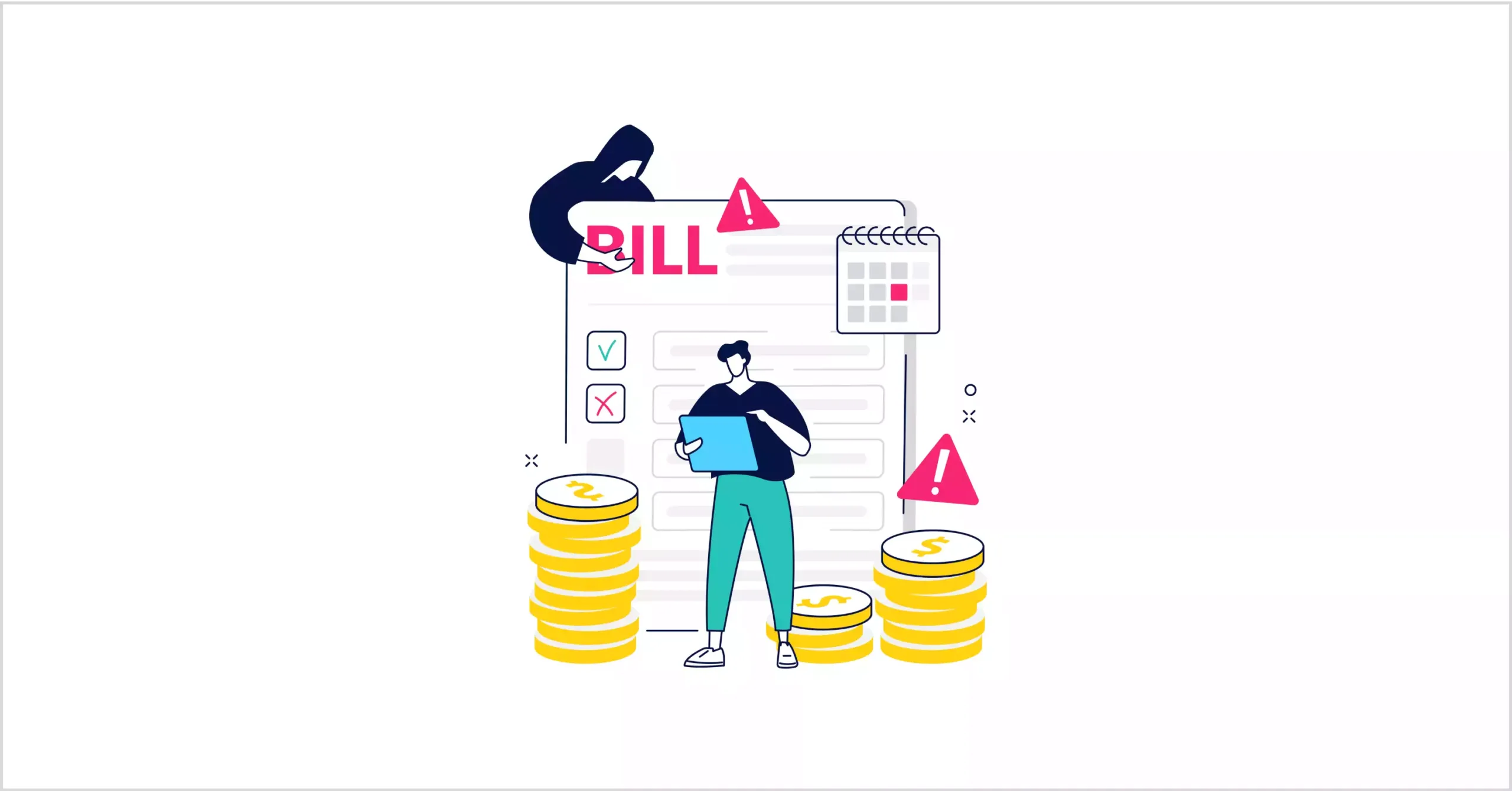5 Common Payment Fraud Risks and How to Stay Compliant
From phishing scams to synthetic identities, the landscape of financial crime is evolving — and so are the regulatory expectations. For businesses handling high volumes of transactions, staying ahead of these threats isn’t just about protecting customer trust — it’s about ensuring full compliance with global standards like AML, PCI DSS, and PSD2.
Let’s explore five of the most common payment fraud risks facing businesses today and how smart detection, monitoring, and prevention strategies can help companies reduce risk and stay compliant in real time.
Phishing and Social Engineering Attacks
Phishing remains one of the most widespread forms of payment fraud. Cybercriminals use deceptive emails, fake websites, or even phone calls to trick employees or customers into revealing sensitive data like login credentials or card numbers.
Compliance Risk:
These attacks often lead to data breaches, which can violate financial regulations such as GDPR, PCI DSS, or PSD2. Organizations must demonstrate that they’ve taken adequate steps to protect transaction data.
How to Stay Compliant:

Card Testing and Stolen Credit Card Use
Fraudsters often test stolen card numbers by making small transactions to see if they go through. If successful, they proceed with larger fraudulent payments.
Compliance Risk:
High volumes of chargebacks and unauthorized transactions can trigger audits and fines under payment industry standards like PCI DSS.
How to Stay Compliant:
Account Takeover (ATO) Fraud
In an ATO attack, a criminal gains access to a legitimate user’s account and initiates unauthorized payments or changes account settings.
Compliance Risk:
ATO incidents can lead to violations of AML (Anti-Money Laundering) and KYC (Know Your Customer) requirements if not properly detected and reported.
How to Stay Compliant:
Synthetic Identity Fraud
This sophisticated form of fraud involves creating fake identities using a mix of real and fabricated data. These identities are used to open accounts and make fraudulent transactions.
Compliance Risk:
Synthetic identities can bypass weak screening processes, leading to AML violations and regulatory scrutiny.
How to Stay Compliant:
Chargeback Fraud
This occurs when a customer makes a legitimate payment but later disputes the transaction, falsely claiming it was unauthorized.
Compliance Risk:
Excessive chargebacks can result in penalties from card networks and may indicate weak fraud prevention controls.
How to Stay Compliant:
By investing in robust fraud detection, transaction monitoring, and screening tools, companies can reduce risk, ensure regulatory alignment, and maintain trust in every payment they process. Compliance is your first and best line of defense.





